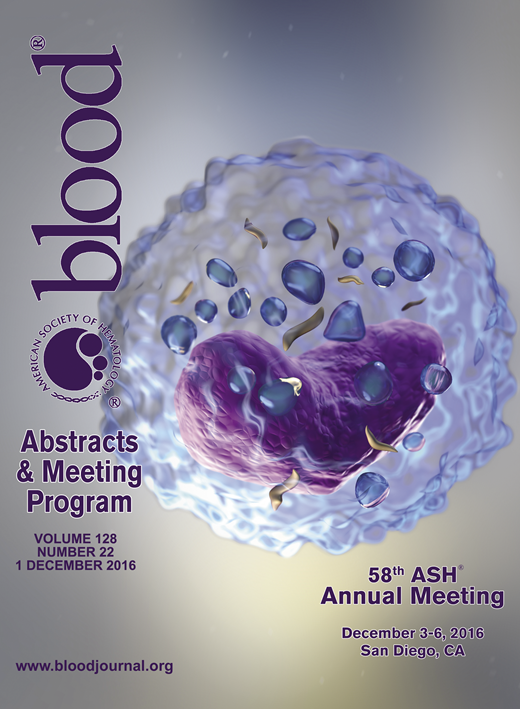Abstract
Background: Waldenstrom's Macroglobulinemia (WM) is a B-cell proliferative malignancy characterized by immunoglobulin M monoclonal gammopathy and bone marrow infiltrated by B cell, lymphoplasmacytic cells and plasma cells. Some studies have shown that novel agents such as Rituximab and Bortezomib combined chemotherapy could improve WM patients' survival. However, few studies had focused on the efficiency of these agents on ISSWM intermediate or high risk group and no systematical investigations had been published for the Eastern WM patients.
Methods: We systematically reviewed the records of 91 WM patients with intermediate or high risk ISSWM group, who had been diagnosed at Institute of Hematology & Blood Disease Hospital, Chinese Academy of Medical Sciences& Peking Union Medical College.
Results: There was male predominant (75.8%) for the entire population, with a median age of 62 years (range32-87) at diagnosis. There were 36(39.6%) and 55(60.4%) patients in the intermediate or high risk ISSWM group, respectively. The percentage of hepatomegaly, splenomegaly, B symptomand elevated LDH were 16.9%, 34.1%, 33.3% and 18.6%, respectively. Among them, 36 patients received novel agents combination first-line chemotherapy and 55 patients received conventional chemotherapy. The complete remission (CR) rate and overall response rate(ORR) were 26.5% and 76.5% in the novel agent group respectively, which were higher than the conventional group( 26.5% v.s. 10%p=0.047; 76.5% v.s.56%, p=0.055). With a median follow-up of 35 months, The novel agent group induced a significantly longer progression-free survival (PFS) compared with the conventional group (77months v.s.45 months, p=0.04).The mediate overall survival (OS) in the novel agent group was not reached, which was also significantly longer than the conventional group(NR v.s. 62months,p=0.045).
Conclusion:Compared with the conventional therapy, the novel agent combination significantly improved the short-term and long-term therapeutic effects in intermediate/high risk patients of WM.
No relevant conflicts of interest to declare.
Author notes
Asterisk with author names denotes non-ASH members.

